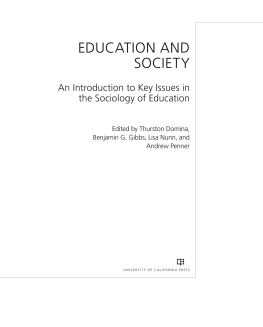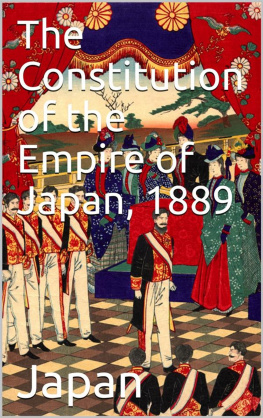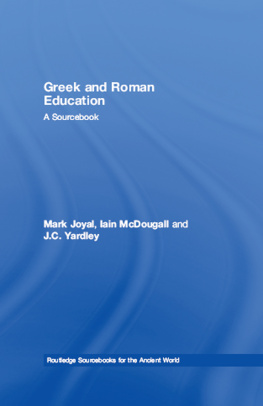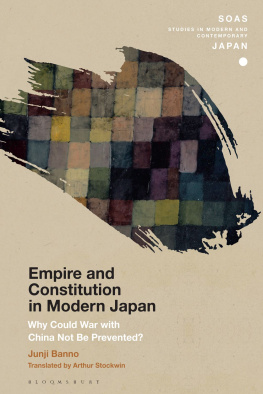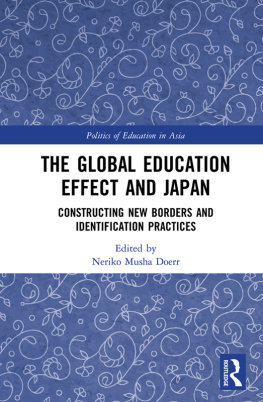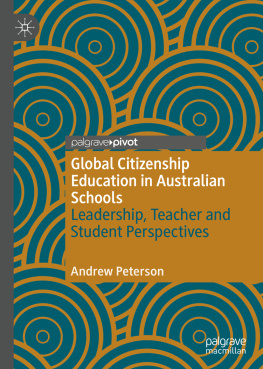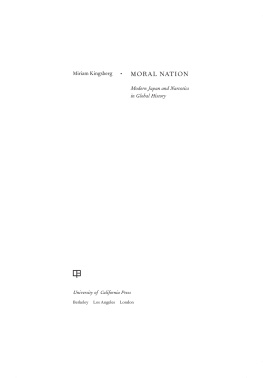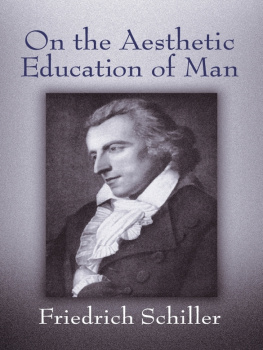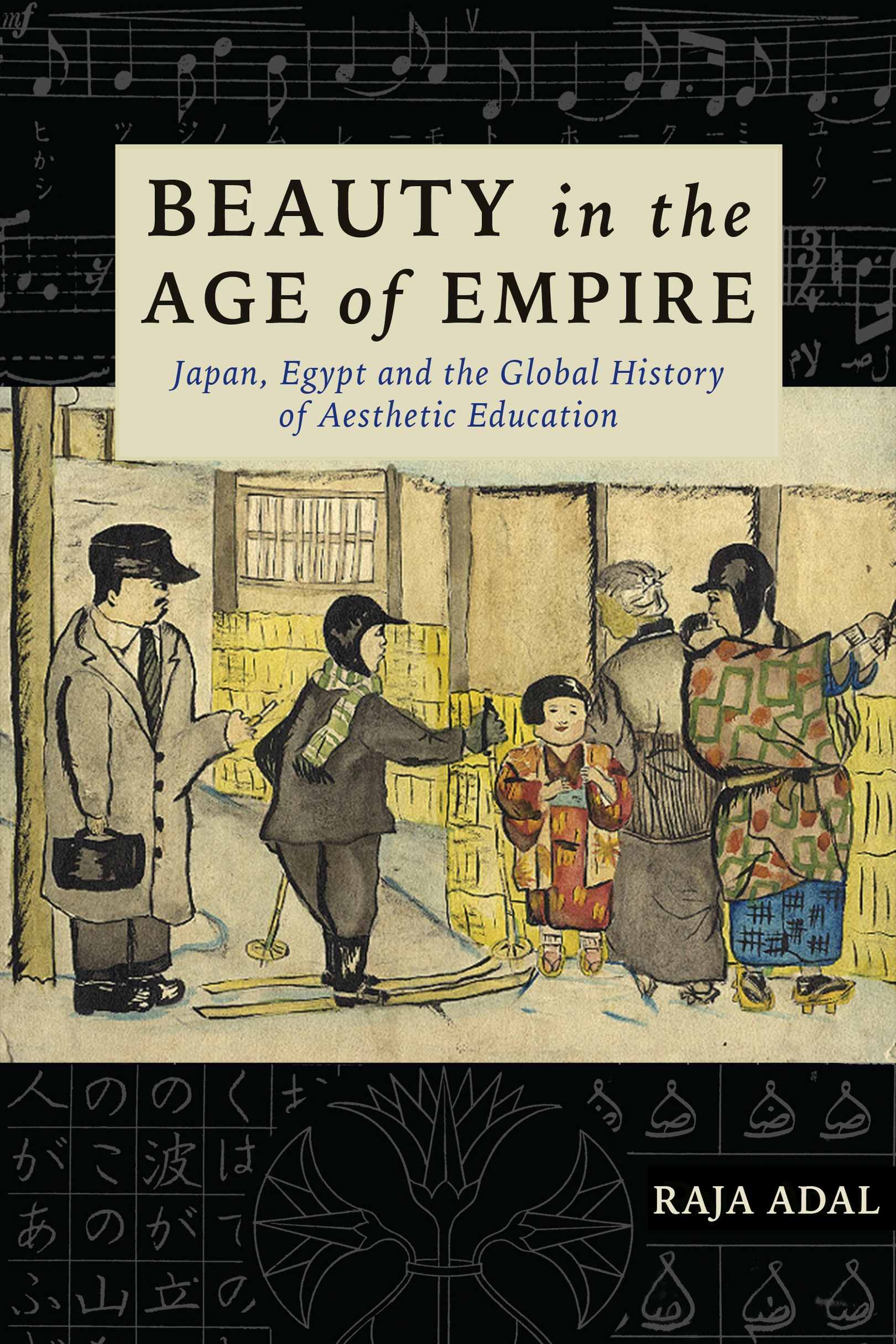Contents
Guide
Pagebreaks of the print version
Beauty in the Age of Empire
Columbia Studies in International and Global History
Studies of the Weatherhead East Asian Institute, Columbia University
Columbia Studies in International and Global History
CEMIL AYDIN, TIMOTHY NUNAN, AND DOMINIC SACHSENMAIER, SERIES EDITORS
This series presents some of the finest and most innovative work coming out of the current landscapes of international and global historical scholarship. Grounded in empirical research, these titles transcend the usual area boundaries and address how history can help us understand contemporary problems, including poverty, inequality, power, political violence, and accountability beyond the nation-state. The series covers processes of flows, exchanges, and entanglementsand moments of blockage, friction, and fracturenot only between the West and the Rest but also among parts of what has variously been dubbed the Third World or the Global South. Scholarship in international and global history remains indispensable for a better sense of current complex regional and global economic transformations. Such approaches are vital in understanding the making of our present world.
Cemil Aydin, The Politics of Anti-Westernism in Asia: Visions of World Order in Pan-Islamic and Pan-Asian Thought
Adam M. McKeown, Melancholy Order: Asian Migration and the Globalization of Borders
Patrick Manning, The African Diaspora: A History Through Culture
James Rodger Fleming, Fixing the Sky: The Checkered History of Weather and Climate Control
Steven Bryan, The Gold Standard at the Turn of the Twentieth Century: Rising Powers, Global Money, and the Age of Empire
Heonik Kwon, The Other Cold War
Samuel Moyn and Andrew Sartori, eds., Global Intellectual History
Alison Bashford, Global Population: History, Geopolitics, and Life on Earth
Adam Clulow, The Company and the Shogun: The Dutch Encounter with Tokugawa Japan
Richard W. Bulliet, The Wheel: Inventions and Reinventions
Simone M. Mller, Wiring the World: The Social and Cultural Creation of Global Telegraph Networks
Will Hanley, Identifying with Nationality: Europeans, Ottomans, and Egyptians in Alexandria
Perin E. Grel, The Limits of Westernization: A Cultural History of America in Turkey
Dominic Sachsenmaier, Global Entanglements of a Man Who Never Traveled: A Seventeenth-Century Chinese Christian and His Conflicted Worlds
Perrin Selcer, The UN and the Postwar Origins of the Global Environment: From World Community to Spaceship Earth
Beauty in the Age of Empire
Japan, Egypt, and the Global History of Aesthetic Education
RAJA ADAL
Columbia University Press
New York

Columbia University Press
Publishers Since 1893
New York Chichester, West Sussex
cup.columbia.edu
Copyright 2019 Columbia University Press
All rights reserved
E-ISBN 978-0-231-54928-8
Library of Congress Cataloging-in-Publication Data
Names: Adal, Raja, author.
Title: Beauty in the age of empire : Japan, Egypt, and the global history of aesthetic education / Raja Adal.
Description: New York : Columbia University Press, [2019] | Series: Columbia studies in international and global history | Includes bibliographical references and index.
Identifiers: LCCN 2018060456 | ISBN 9780231191166 (cloth : alk. paper)
Subjects: LCSH: ArtsStudy and teaching (Primary)Japan. | ArtsStudy and teaching (Primary)Egypt. | Arts in education.
Classification: LCC NX384.A1 A33 2019 | DDC 700.71dc23
LC record available at https://lccn.loc.gov/2018060456
A Columbia University Press E-book.
CUP would be pleased to hear about your reading experience with this e-book at .
Cover image: Oisha san [The doctor], 1936, Kikuchi Tomijir, first-year student in regular higher primary school ( ktka ichinen , Yamagata ken Kitamurayama gun Nagatoro mura Nagatoro jinj kt shgakk, currently Higashine shiritsu Nagatoro shgakk). Used with permission of the family of Kikuchi Tomijir and Nagatoro shgakk sga o kataru kai.
Contents
I have observed the common practice of transliterating Japanese using the modified Hepburn system and Arabic using the IJMES system.
Common place names and words that appear in a standard English-language dictionary have been rendered without macrons (Tokyo rather than Tky , Quran rather than Qurn ), except when citing Arabic- or Japanese-language publications.
Japanese family names usually appear before personal names, except when referring to individuals who customarily use a different order.
R eferences and credit lines acknowledge ownership, but what of the myriad unmarked contributions by archivists, librarians, colleagues, friends, family, and editors? In so many ways, this book is the outcome of these contributions. This is the place where I acknowledge the largest of these debts, even if space limitations make it impossible to acknowledge countless others, and if the responsibility for any mistakes and omissions remains mine.
The desire to compare Japan and the Middle East first came when, as a graduate student at the International University of Japan and then the University of Kyoto, I noticed surprising parallels between the Middle East, where I was born and which I frequently visited, and Japan, which was my new home and obsession. I owe it to the Middle Eastern studies community in Japan, and particularly to Kosugi Yasushi, for providing guidance and a sounding board for some of these early reflections.
With my move to Harvard University I became interested in cultural history and, eventually, in aesthetics. I still remember Cemal Kafadar, scanning the rows of shelves behind him and, somewhat miraculously, returning with a book in hand. Its influence is still visible in this work, and I owe Cemal my early introduction to the social history of aesthetics. The outcome of these two experiences is this comparative social history of aesthetics in Japan and Egypt.
The comparison committed me to a life between two regions, if not two worlds. At Harvard I found a vibrant home in the Japan studies community anchored by Andrew Gordon. I owe Andy more than words can express. He provided a stable and fertile environment for his graduate students. And he led me toward a form of history writing that was as careful and disciplined in its approach as it was open and inquisitive in its outlook. In the middle of my graduate career, I also had the incredible fortune of having Ian J. Miller join the faculty. He read my drafts, drew on his encyclopedic knowledge of the literature, and provided me with a model for a cultural historian of Japan.
In Middle Eastern studies, Roger Owen listened to my plans for doing research in the Egyptian archives, introduced me to people who could help, and, as my project moved forward, continued to give me suggestions. Cemil Aydin, who was leaving Harvard just as I entered it, is one of the few scholars whose work compares Japan to the Middle East. He has followed and advised my project with inimitable generosity. And from my graduate days to today, Jordan Sand has been a wonderful interlocutor, giving me feedback on my work and helping me gain confidence in it.
I am also grateful to Charlie Maier, who was always there to ask the hard questions, and to Dani Botsman, who gave me an abiding interest in Tokugawa history and helped me think through what I should compare and how. Early on, Ivan Gaskell helped guide me in the literature on aesthetics, Marwa el Shakry suggested Egyptian sources and literature, and Shigehisa Kuriyama inspired me with his work in comparative history and helped improve my presentations. At various times I also benefited from the comments of Leila Ahmed, Steven Caton, J. D. Connor, Virginia Danielson, Kevin Doak, Renaud dEnfert, Shel Garon, Lisa Gitelman, Ellis Goldberg, Michael Herzfeld, Engseng Ho, Andrew Jewett, Jason Kaufman, Anneka Lenssen, Yukio Lippit, Roy Mottahedeh, Glru Necipolu, Rebecca Rogers, and Elaine Scarry. Both in Cambridge and in Egypt, Nasser Rabbat contributed his vast knowledge to helping me analyze the sources for drawing education, and Irvin Schick both helped me understand the world of calligraphy and opened his wonderful collection of primary and secondary sources on the subject.


